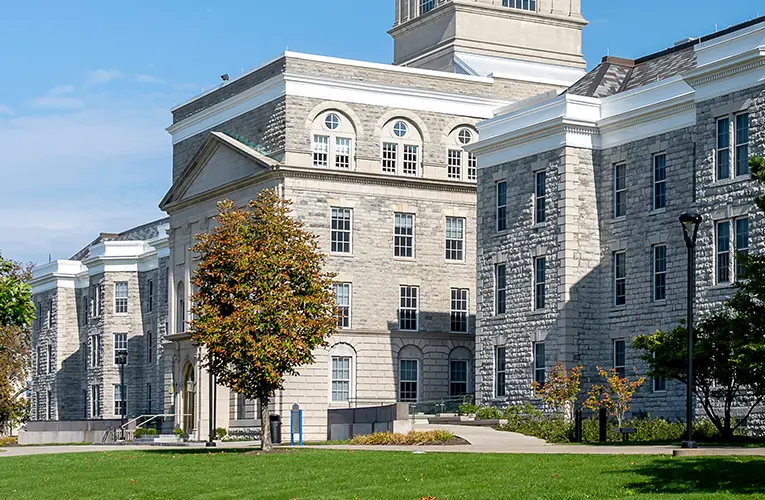“Comparing Higher Education: A Look at Canadian and American Universities”
In the realm of higher education, Canada and the United States stand as beacons of academic excellence, each offering unique perspectives and opportunities for students seeking knowledge and personal growth. This comparative exploration delves into the distinct attributes of Canadian and American universities, examining their educational systems, cultural influences, and societal impacts. From tuition fees and student demographics to research innovations and campus life, this analysis illuminates the similarities and disparities that shape the academic landscapes on both sides of the border.
**Educational Systems**
Canadian universities, known for their strong emphasis on research and innovation, operate within a framework that blends federal and provincial funding models. This structure fosters collaboration among institutions and promotes a diverse range of academic disciplines, from liberal arts to specialized fields like environmental science and engineering. In contrast, American universities often operate under decentralized systems, where funding sources vary widely between public and private institutions. This diversity contributes to a competitive environment that encourages academic freedom and entrepreneurial spirit, leading to groundbreaking discoveries in fields such as technology and medicine.
**Cultural Influences**
The cultural fabric of Canadian and American universities reflects broader societal norms and values, influencing everything from campus traditions to student activism. Canadian campuses are renowned for their inclusivity and multiculturalism, with policies promoting diversity and equity at the forefront of institutional goals. In comparison, American universities navigate a complex landscape shaped by historical legacies and contemporary debates on issues like free speech and social justice. This cultural dynamic often manifests in vibrant student organizations and spirited debates that enrich the academic experience and challenge conventional wisdom.
**Societal Impacts**
Beyond their campuses, universities in both countries play pivotal roles in shaping national discourse and driving economic growth. Canadian universities contribute to regional development through partnerships with industries and government agencies, while American universities are hubs of innovation that attract global talent and investment. These institutions serve as catalysts for social change, addressing pressing challenges such as climate change and healthcare disparities through interdisciplinary research and community engagement initiatives.
**Conclusion**
As we navigate the complexities of higher education in Canada and the United States, it becomes evident that each country offers a distinct yet interconnected tapestry of academic excellence and societal impact. By embracing diversity, fostering innovation, and cultivating a commitment to lifelong learning, universities on both sides of the border continue to shape the future of global education and contribute to the advancement of knowledge for generations to come.
—










